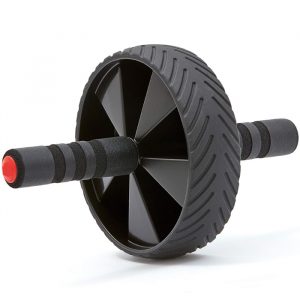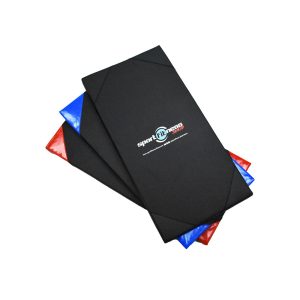Características del Producto
| Peso | 62 kg |
|---|---|
| Dimensiones | 123 × 37 × 65 cm |
| Peso Máximo de Usuario | 130 Kg |
| Tipo de Elípticas | Magnética |
Original price was: $2.441.552.$1.953.241Current price is: $1.953.241. IVA
Descripción:
| Peso | 62 kg |
|---|---|
| Dimensiones | 123 × 37 × 65 cm |
| Peso Máximo de Usuario | 130 Kg |
| Tipo de Elípticas | Magnética |
Obtener la figura deseada desde tu casa es posible gracias a la Elíptica Magnética Manual 7.8. Este increíble equipo te permite tener una rutina de entrenamiento muy completa gracias al movimiento dual de brazos y piernas. Su estructura es en acero, montada sobre balineras y tiene carcasa plástica. Además, cuenta con pintura electrostática de larga duración.
Esta elíptica de Sport Fitness es ideal para el ejercicio cardiovascular, así que tonificarás y quemarás calorías simultáneamente. Trabajarás principalmente brazos, hombro, espalda y pecho. Es excelente para cuidar el corazón y los pulmones. También te permite aumentar tu resistencia física y prevenir enfermedades.
La Elíptica Magnética Manual 7.8 de Sport Fitness cuenta con 8 niveles de resistencia manual, 4 niveladores de altura de la plataforma de ejercicio y sistema magnético. Su monitor a color brinda información súper completa para monitorear la rutina como la velocidad, la distancia recorrida, el tiempo entrenado, las calorías quemadas y las pulsaciones.
¿Qué estás esperando? Empieza a utilizarla y verás los resultados.
Otras Características de la Elíptica Magnética Manual 7.8 de Sport Fitness
*SE REQUIERE ENSAMBLE


Debes acceder para publicar una reseña.
Tatiana –
Super buena elíptica. Quede muy bien asesorado. Justo lo que quería. Gracias!